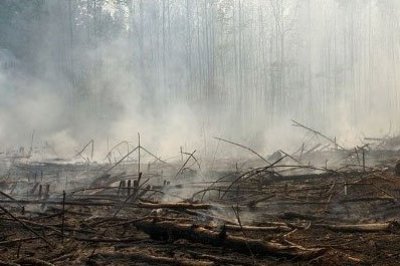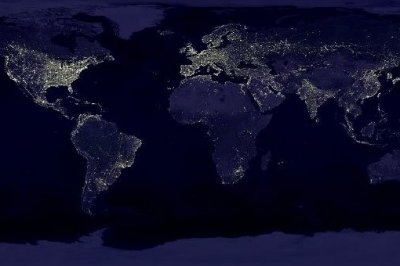Conifer and mesquite encroachment into prairie chicken habitats. Understanding vulnerability to burning. Soil erosion risk assessment. Spectral detection of near-surface moisture content. Conducting biomass inventory. Applications for remote sensing and geospatial technology are boundless—as we detect, map, compare, inventory, and model during the course of our research. All of the College's undergraduate programs include a strong geospatial component, including classes in Geographic Information Systems, and Global Positioning Systems (GPS), and remote sensing. GIS training and support is also pivotal to all of our graduate programs and we offer a professional Masters of Geographic Information Science. Integrated geospatial technology resources that address aquatic ecology and ecosystem dynamics are housed in Michigan Tech's Great Lakes Research Center. In addition to College research, interdisciplinary studies abound.
"Remote sensing and GIS have long been used by natural resources managers in land use planning, natural hazard assessment, wildlife habitat mapping, and timber management."
Faculty Projects
Effects of prescribed fire on aspen and grassland restoration in a wolf, elk, aspen system. Earth Watch. PI. Edson
Assessing land use/cover changes in riparian areas for the Wisconsin river watershed and the impact on habitat diversity. USDA McIntire-Stennis, 2013-2017. PI: Maclean.
Understanding the vulnerability and resiliency of Boreal-Taiga ecosystems to wildfire in a changing climate: A study of the 2014 Northwest territories wildfires. NASA. 2016-19. PIs: Bourgeau-Chavez L, Kane ES, French NH, Balzer J, de Groot W, Flannigan M, Turetsky M.


